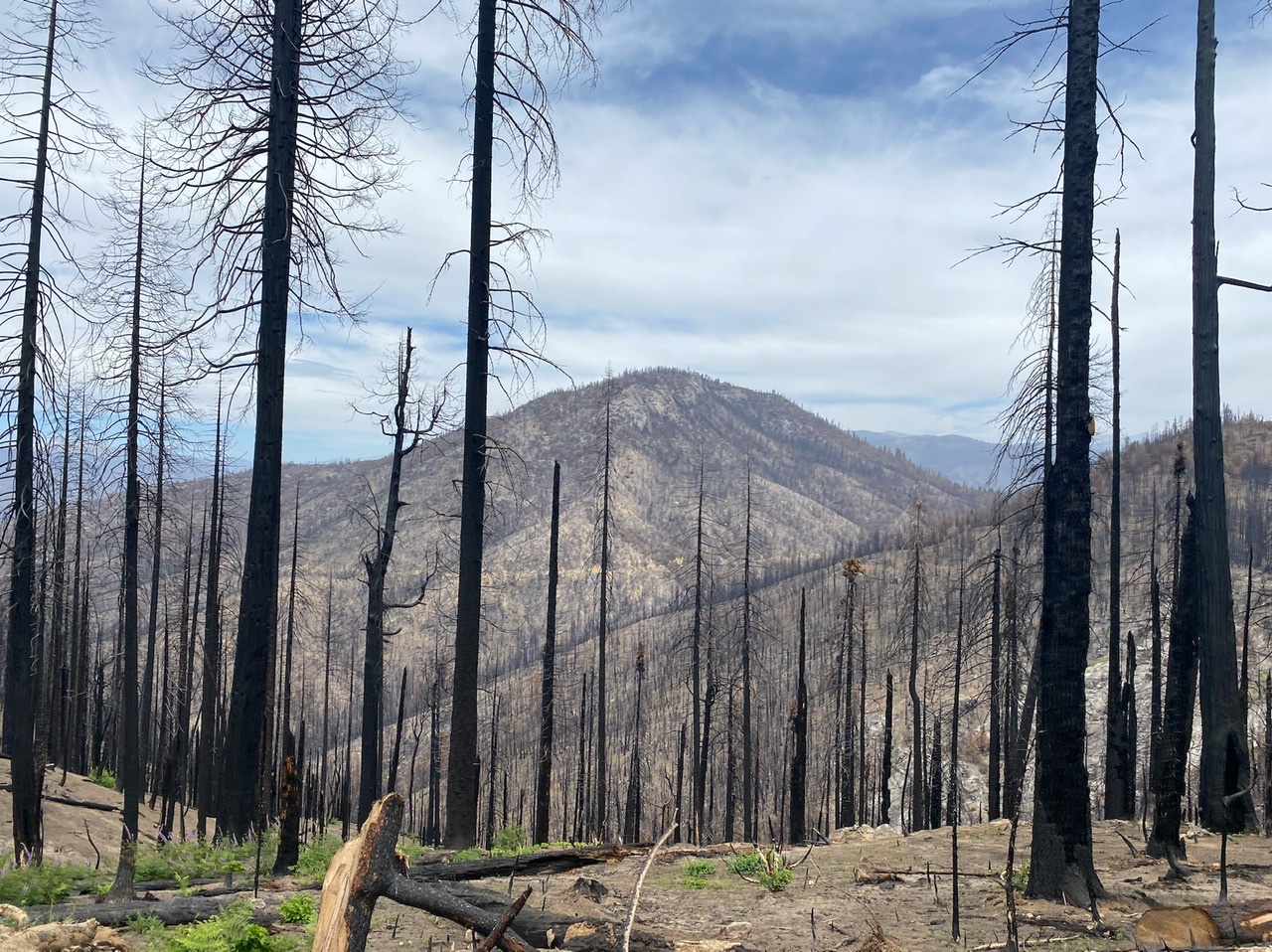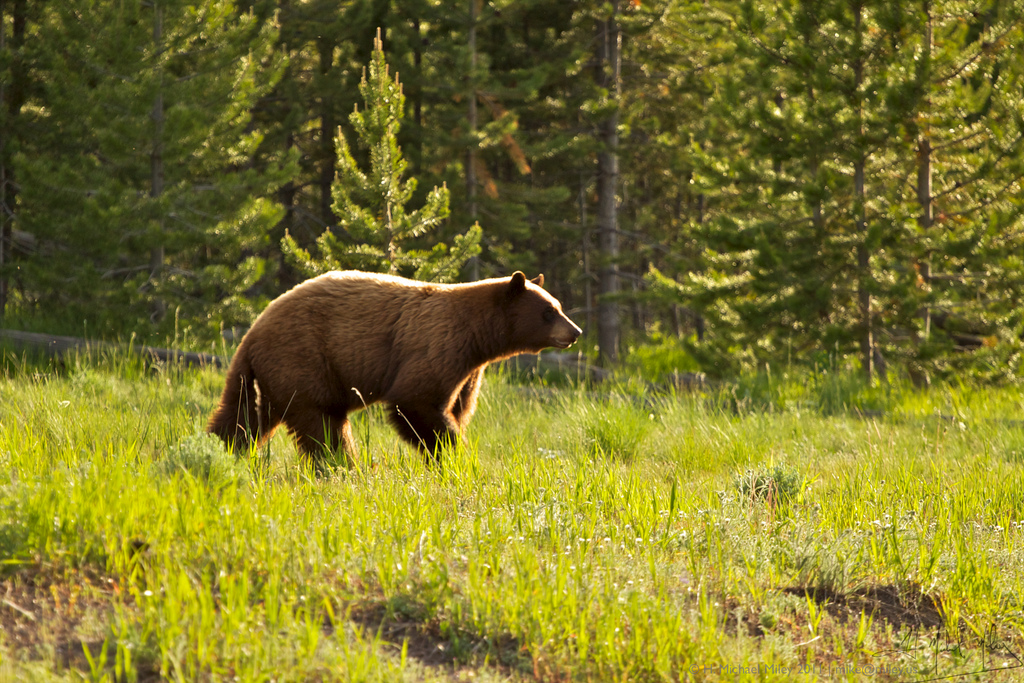
- Sustainable Planet -
- 3mins -
- 384 views
President Biden’s administration announces plans to plant one billion trees
US government to plant more than a billion trees across millions of acres of burned and dead woodlands as officials struggle to counter climate change’s increasing toll on the nation’s forests.
Biden Administration to plant 1 billion trees
In the midst of record-breaking heat waves around the world, the Biden Administration has just delivered some good news! On Monday 25 July 2022, it was announced that the United States government will plant more than 1 billion trees to replace burned woodlands in the United States, as part of the REPLANT Act.
The REPLANT Act will help reforest 4.1 million acres by planting 1.2 billion trees over the next 10 years. This will sequester 75 million metric tons of carbon in just one decade, the equivalent to leaving 8.5 billion gallons of gasoline in the ground. And as One Tree Planted remind us; from cleaning the air to stabilising soils and improving their health, filtering water and improving water quality, creating habitat for biodiversity, creating jobs, improving human health, increasing our climate change resiliency, and more, trees and reforestation have a slew of other benefits. As forest fire seasons continue to get longer in duration and stronger in intensity, restoration efforts are critically needed. — One Tree Planted

U.S. to Plant One Billion Trees to Combat Climate Change
To help revitalise millions of acres of burned and damaged forests across the American West, the U.S. Department of Agriculture aims to plant more than one billion trees over the next decade.
Wildfires and other issues have devastated U.S. woodlands in recent years, and Forest Service arborists can’t keep up with replanting lost trees. They’ve reforested just 6% of land damaged by fires, pests and extreme weather events, which has created a backlog of about 4.1 million acres.
Now, with more federal resources and funding via the REPLANT Act and the Bipartisan Infrastructure Law, the USDA’s Forest Service plans to close the gap. To do so, the federal agency will need to hire more people, source and collect more seeds and expand its nursery capacity to grow four times more seedlings.
“Forests are a powerful tool in the fight against climate change,” says Tom Vilsack, the U.S. agriculture secretary, in a statement announcing the initiative this week. “Nurturing their natural regeneration and planting in areas with the most need is critical to mitigating the worst effects of climate change while also making those forests more resilient to the threats they face.”
The federal government is focused on replanting trees on public lands because forests filter and store water, sequester carbon, provide Indigenous communities with food and timber, and contribute more than $11 billion to the economy via outdoor recreation, to name a few benefits. Left bare, areas once charred by wildfires are also more susceptible to other potentially disastrous problems, such as mudslides, flooding and landslides.
Source: SmithsonianMag.com

The Forest Service will scale up its reforestation efforts gradually
Last year, staffers replanted roughly 60,000 acres of trees. Over the next few years, that number will increase to about 400,000 acres per year. Spending will also rise, from about $100 million spent on reforestation this year to as much as $260 million.
“Achieving this vision of growing and nurturing resilient forests for tomorrow requires action today,” according to the Forest Service’s reforestation strategy plan.
Wildfires are the main driver of forest destruction, responsible for about 80 percent of reforestation as of 2021, per the Forest Service. Through the end of July, fires have already burned 5.6 million acres in the U.S. this year, which is twice as much as the same period of 2021 and three times as much as 2020.
Researchers are warning that climate change will likely only increase the intensity and frequency of wildfires.
But woodlands are also grappling with other challenges, including drought, invasive species, insect infestations, flooding, diseases and severe weather events. Those conditions, exacerbated by climate change, can be particularly tough on young trees, so conservation experts cautioned that the Forest Service will need to be strategic with its reforestation efforts.
“You’ve got to be smart about where you plant,” says Joe Fargione, science director for North America at the Nature Conservancy, to Matthew Brown of the Associated Press. “There are some places that the climate has already changed enough that it makes the probability of successfully reestablishing trees pretty low.”
Source: SmithsonianMag.com


